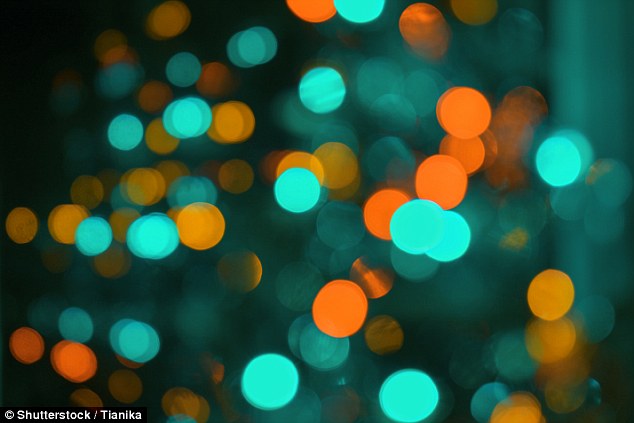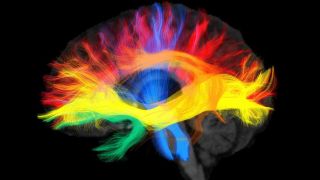Some people have the ability to ‘hear what they see,’ assigning subliminal sounds to silent visual cues.
A new study has found that roughly one in five people experience auditory sensations when viewing silent stimuli, suggesting it’s far more common than previously thought.
The synaesthesia-like phenomenon may give these people an advantage when interpreting subtle visual signals, such as ‘Morse-code’ sequences of flashing light – but it could also interfere with their perception of real sounds.
Synaesthesia is a condition in which sensory experiences are somewhat entangled, causing some people, for example, to taste particular words or associate numbers with certain colors.
In the study, published to the journal Consciousness and Cognition, researchers from City University and King’s College in London found that a similar phenomenon dubbed ‘visually-evoked auditory response’ (V-EAR) allows people to link visual experiences with sound.
The team has released an online survey with examples of visual stimuli that could bring about an internal auditory sensation.
The 40 participants involved in the research were given pairs of either visual or auditory Morse-code like sequences, and asked to determine whether or not they were the same, the Guardian reports.
About one in five (22%) reported hearing faint sounds when viewing silent flashes.
And, those who responded ‘yes’ when asked if they heard a sound along with the flashes were found to be better at distinguishing between the sequences.
A second experiment, however, revealed that V-EAR may act like background noise in some situations, as those who performed better on the Morse-code task were also more distracted by irrelevant light flashes during listening tasks, according to the Guardian.
‘This benefit might arise from an ability to recode visual signals as sounds, thus taking advantage of superior temporal acuity of audition,’ the authors wrote.
Source: Take the test that reveals if you HEAR flashes of light | Daily Mail Online













